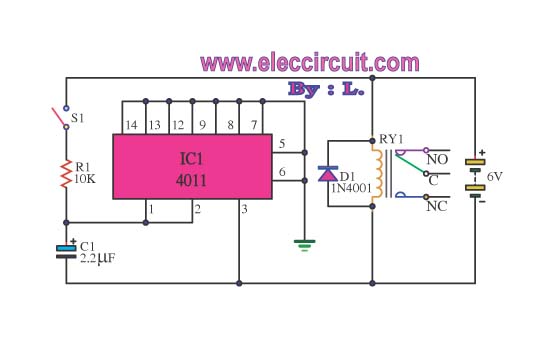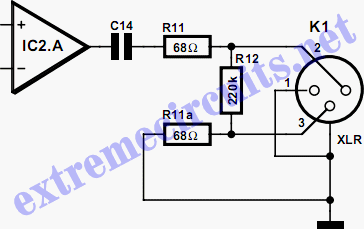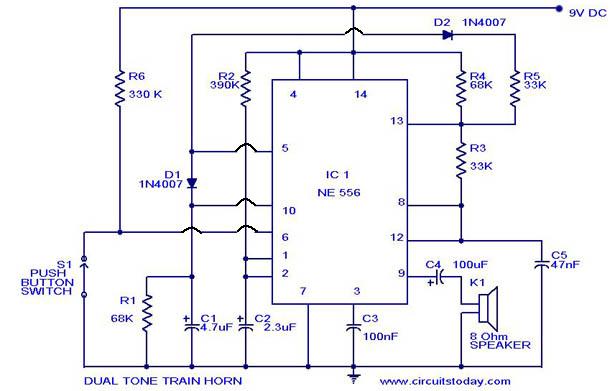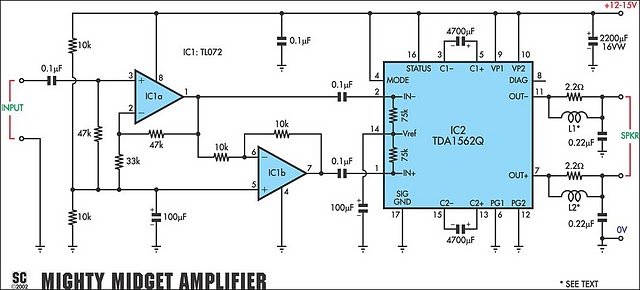
PIC18F4550 Communication with PC using USB
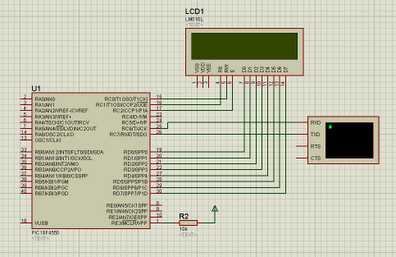
PIC18F4550 communication with a PC using USB HID class, Visual Basic communication.
The PIC18F4550 microcontroller is designed to facilitate communication between embedded systems and personal computers through the USB Human Interface Device (HID) class. This microcontroller is equipped with a built-in USB interface that allows for seamless data exchange with a PC, enabling applications such as data logging, control systems, and user interface devices.
To implement communication using the USB HID class, the PIC18F4550 is programmed to act as a USB device. The USB HID class is particularly advantageous due to its simplicity and the fact that it does not require complex driver installation on the host PC, as most operating systems natively support HID devices. This allows for straightforward interaction between the microcontroller and PC applications developed in environments such as Visual Basic.
The communication process involves several key components. First, the PIC18F4550 must be configured to initialize the USB stack, which includes setting up the appropriate descriptors that define the device's capabilities and functionalities. The descriptors include information such as vendor ID, product ID, and device class, which are essential for the PC to recognize and interact with the USB device.
Next, the firmware running on the PIC18F4550 must handle USB events, such as connection, disconnection, and data transfer requests. This is typically managed through an interrupt-based approach, allowing the microcontroller to respond promptly to USB events without blocking other operations.
On the PC side, a Visual Basic application can be developed to handle communication with the PIC18F4550. The application utilizes the Windows API or libraries that facilitate USB HID communication, enabling it to send and receive data packets. The data exchange can be structured in various formats, depending on the application's requirements, such as sending control commands, receiving sensor data, or updating device settings.
In summary, the integration of the PIC18F4550 microcontroller with USB HID class communication and Visual Basic provides a robust platform for developing user-friendly applications that require direct interaction with embedded systems. This configuration leverages the advantages of USB technology, ensuring reliable and efficient data transfer between the microcontroller and PC.PIC18F4550 Communication with PC using USB HID Class, Visual Basic Communication xpress_embedo.. 🔗 External reference
The PIC18F4550 microcontroller is designed to facilitate communication between embedded systems and personal computers through the USB Human Interface Device (HID) class. This microcontroller is equipped with a built-in USB interface that allows for seamless data exchange with a PC, enabling applications such as data logging, control systems, and user interface devices.
To implement communication using the USB HID class, the PIC18F4550 is programmed to act as a USB device. The USB HID class is particularly advantageous due to its simplicity and the fact that it does not require complex driver installation on the host PC, as most operating systems natively support HID devices. This allows for straightforward interaction between the microcontroller and PC applications developed in environments such as Visual Basic.
The communication process involves several key components. First, the PIC18F4550 must be configured to initialize the USB stack, which includes setting up the appropriate descriptors that define the device's capabilities and functionalities. The descriptors include information such as vendor ID, product ID, and device class, which are essential for the PC to recognize and interact with the USB device.
Next, the firmware running on the PIC18F4550 must handle USB events, such as connection, disconnection, and data transfer requests. This is typically managed through an interrupt-based approach, allowing the microcontroller to respond promptly to USB events without blocking other operations.
On the PC side, a Visual Basic application can be developed to handle communication with the PIC18F4550. The application utilizes the Windows API or libraries that facilitate USB HID communication, enabling it to send and receive data packets. The data exchange can be structured in various formats, depending on the application's requirements, such as sending control commands, receiving sensor data, or updating device settings.
In summary, the integration of the PIC18F4550 microcontroller with USB HID class communication and Visual Basic provides a robust platform for developing user-friendly applications that require direct interaction with embedded systems. This configuration leverages the advantages of USB technology, ensuring reliable and efficient data transfer between the microcontroller and PC.PIC18F4550 Communication with PC using USB HID Class, Visual Basic Communication xpress_embedo.. 🔗 External reference
